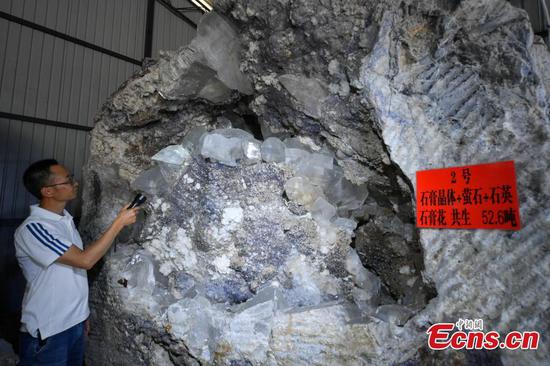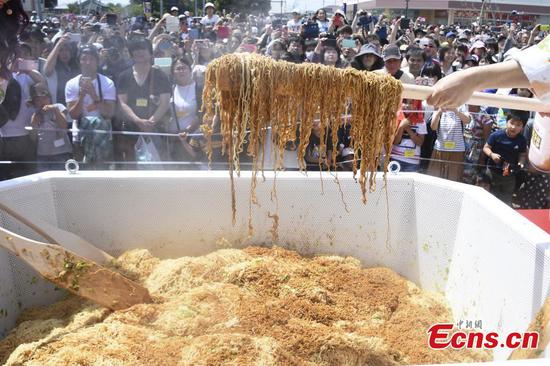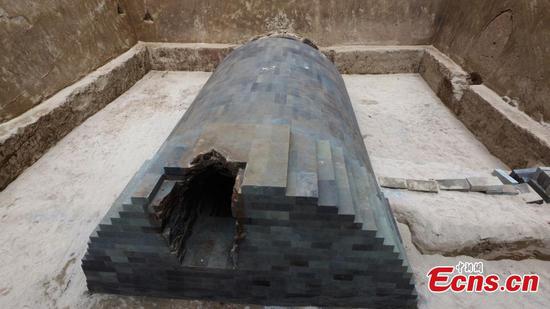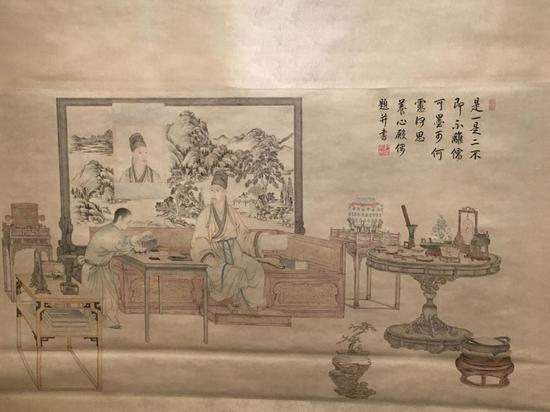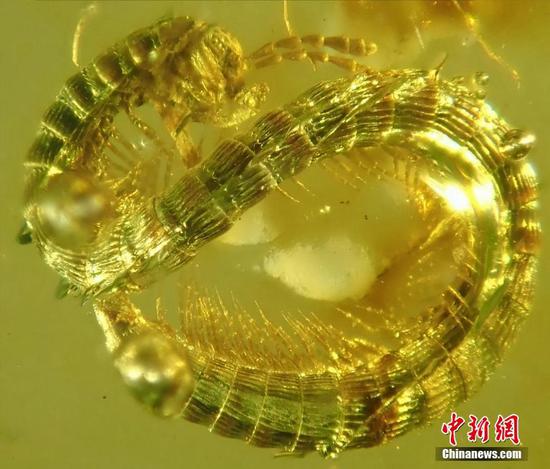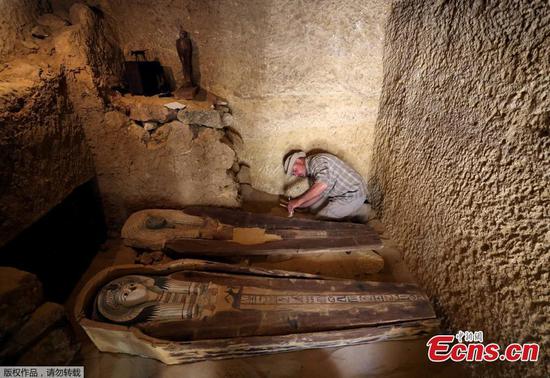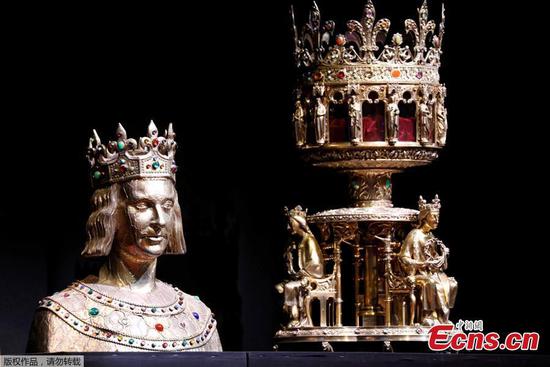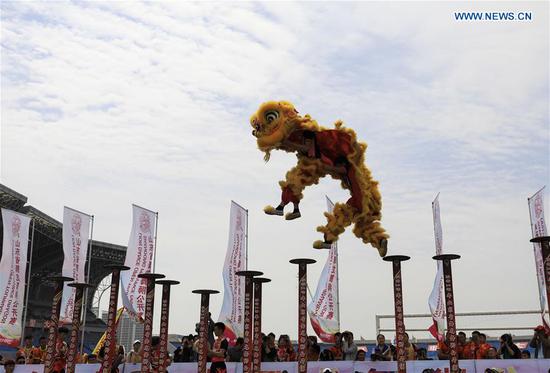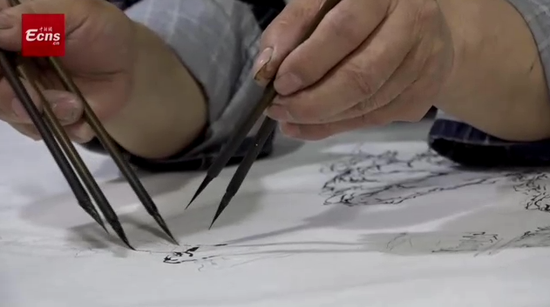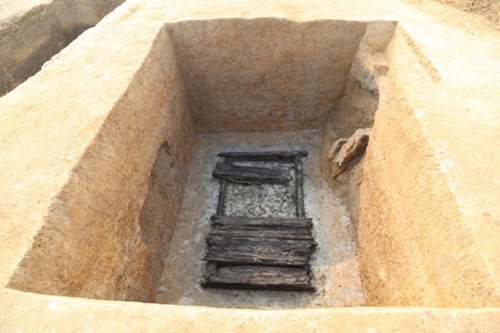
Hujiacaochang Tomb Ruins in Jingzhou, Central China's Hubei Province (Photo/Courtesy of China's National Cultural Heritage Administration)
China's National Cultural Heritage Administration (NCHD) announced four of the latest archeological findings from the national-level Chinese Archaeology project on Monday in Beijing.
Discovered in Hubei and Shaanxi provinces, the four high-value archaeological findings involve tombs dating from the Warring States Period (475BC-221BC) to the Sixteen Kingdoms Period (304-439).
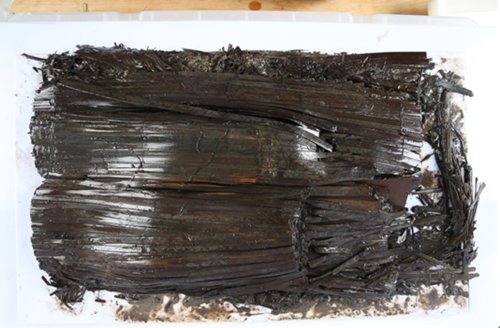
The first relics discovered, 324 pieces of bamboo and wooden slips unearthed from a tomb on the north bank of the Longhui River in Jingzhou, Central China's Hubei Province, are believed to be important historical records from the Chu State during the Warring States Period.
Recording the posthumous titles of 12 kings of the Chu State and some senior military officers of the Eastern Zhou Dynasty (770BC-256BC), these bamboo and wooden slips will benefit research into the history and political and military might of the Chu State.
The second set of findings, also discovered in Jingzhou, include 4,546 bamboo and wooden slips at the Hujiacaochang Tomb Ruins. This is now the largest amount of bamboo and wooden slips ever unearthed from a single tomb in China. The content of the slips touches upon subjects such as the calendar system, medicine and military affairs.
The other two discoveries are tombs unearthed in Xi'an, Northwest China's Shaanxi Province.
The Beiliwang Tomb Ruins of the Western Han Dynasty (206BC-AD25) are believed to be one of the earliest brick-made chamber tombs in China. Unique in shape and featuring exquisite workmanship, the tombs reflects the superb level of craftsmanship of the Han Dynasty and provides important materials for research into the evolution of burial customs during that period.
Another two tombs were found in Jiaocun. The two are the largest tombs dating from the Sixteen
Kingdoms Period ever discovered. The unearthed cultural relics showcase the ethnic integration of the period.
According to Song Xinchao, deputy director of the NCHD, the Chinese Archaeology project has been progressing smoothly and important discoveries are being made continuously. The NCHD encourages archaeological institutions to strengthen academic awareness and interdisciplinary cooperation.










